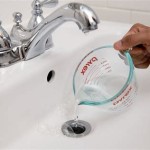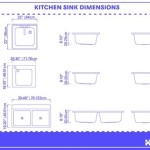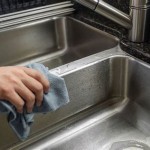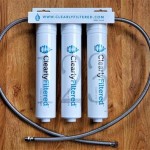Thermal Compound For Heat Sink
Thermal compound, also known as thermal paste, thermal grease, thermal gel, or heatsink paste, is a substance applied to the contact surfaces of components that generate heat and a heat sink. The main purpose of the thermal compound is to improve thermal conductivity and create a more efficient heat transfer from the heat-generating component to the heat sink. The heat sink, in turn, dissipates the heat into the surrounding environment.
Thermal compound is typically applied in a thin layer between the heat-generating component (such as a CPU or GPU) and the heat sink (which can be air-cooled or liquid-cooled). The compound fills in any microscopic air pockets or imperfections on the contact surfaces, creating a more uniform and efficient thermal interface. This reduces the thermal resistance between the two surfaces and facilitates better heat transfer.
The effectiveness of a thermal compound is measured by its thermal conductivity, which indicates its ability to conduct heat. Thermal conductivity is typically expressed in watts per meter-kelvin (W/m-K). Higher thermal conductivity values indicate better heat transfer capabilities. Common thermal compounds have thermal conductivity values ranging from 1 to 10 W/m-K, with higher-performance compounds offering values up to 20 W/m-K or more.
Thermal compounds come in different forms, including paste, gel, and liquid metal. Thermal paste is the most common type, offering a balance of ease of application, thermal conductivity, and cost. Thermal gel is similar to thermal paste but has a thicker consistency, which can be useful for filling larger gaps or uneven surfaces. Liquid metal has the highest thermal conductivity among the thermal compounds but requires careful handling and application due to its electrical conductivity.
When selecting a thermal compound, it's important to consider the following factors: the thermal conductivity of the compound, the type of heat-generating component, the type of heat sink, the application environment, and the ease of application. For demanding applications, such as high-performance CPUs or overclocking, a thermal compound with high thermal conductivity is recommended. For general-purpose applications, a mid-range compound may suffice.
Proper application of thermal compound is crucial for maximizing heat transfer. The contact surfaces of the component and the heat sink should be clean and free of debris. A small amount of thermal compound should be applied evenly over the contact surface of the heat-generating component. The heat sink should then be firmly attached to ensure good contact with the compound. Excess thermal compound should be cleaned up as it can impede heat transfer and create electrical shorts.
Thermal compound plays a vital role in heat management of electronic devices. By improving thermal conductivity and reducing thermal resistance, it facilitates efficient heat transfer from heat-generating components to heat sinks, preventing overheating and ensuring reliable performance of the system.
Silicone Free Heat Sink Compound

How Heat Sink Compound Keeps Electronics Cool Techspray

Chemtronics Circuitworks Thermal Paste

Is Heat Sink Compound Thermal Paste Electrically Conductive

Heat Sink Compound Pastes Greases S For Electronics Techspray
Techspray 1977 Heat Sink Compound Silicone

1 Set Replacement Thermal Paste Compound 8w Heat Sink For Computer
A Comprehensive Guide To Thermal Paste Power Electronics News

Thermal Compound Paste Heat Sink Air Vs Water Cooling Explained

Rs Pro Metal Oxide Thermal Paste 0 65w M K 554 311 Components







